Home>Articles>What Is The Difference Between Terrace And Balcony
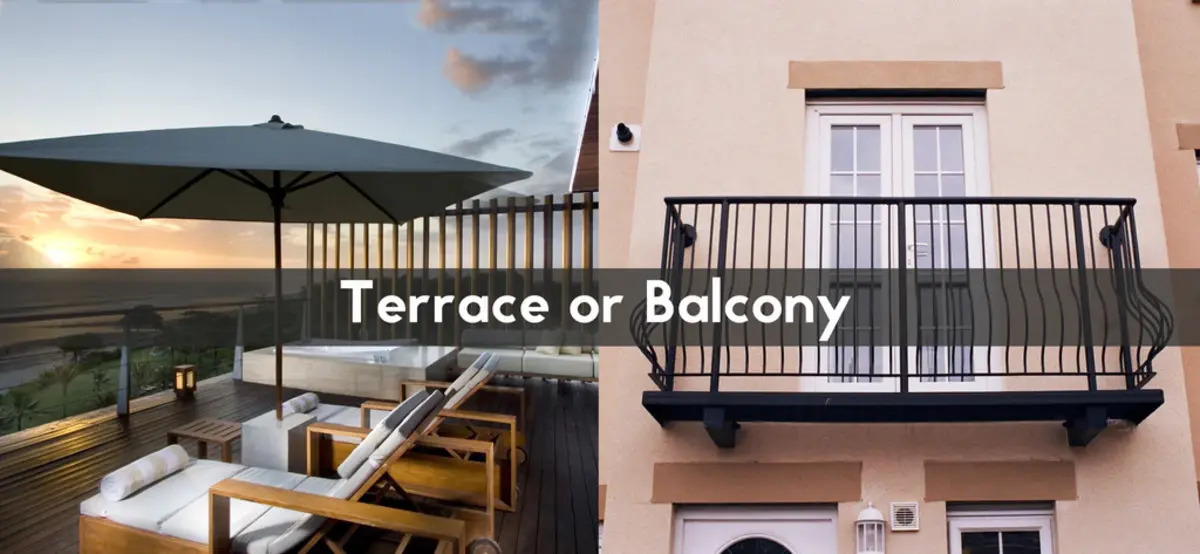

Articles
What Is The Difference Between Terrace And Balcony
Modified: February 24, 2024
Discover the key distinctions between terrace and balcony with our informative articles. Gain insights into their features, designs, and ideal usage for outdoor spaces.
(Many of the links in this article redirect to a specific reviewed product. Your purchase of these products through affiliate links helps to generate commission for Storables.com, at no extra cost. Learn more)
Introduction
When it comes to outdoor spaces, terraces and balconies are often used interchangeably. However, they are two distinct features that differ in various aspects. Understanding the difference between a terrace and a balcony is crucial, especially when planning, designing, or even searching for a property. Let’s dive into the definitions, characteristics, and functionalities of terraces and balconies to clear up any confusion.
A terrace is an elevated, open-air platform that is typically connected to a building or a house. It is usually located on the ground floor or the roof of a structure and offers an expansive outdoor space for relaxation, entertainment, or gardening. Terraces are commonly designed with solid flooring, such as concrete, tiles, or decking, and they can be accessed directly from the interior of a building or through a separate entrance.
On the other hand, a balcony is a small, enclosed outdoor space that protrudes from the facade of a building. Unlike a terrace, balconies are typically located on higher floors and are often accessed through doors or windows. They are designed with railings or balustrades for safety and can provide a limited outdoor space for enjoying fresh air, taking in views, or displaying planters.
Now that we have a general understanding of the definitions, let’s delve deeper into the specific characteristics that set terraces and balconies apart from each other. In the following sections, we will explore the differences in location, structure, size, accessibility, usage, privacy, view, cost, and maintenance between terraces and balconies. By the end, you will have a comprehensive understanding of these outdoor spaces, allowing you to make informed decisions when it comes to planning or utilizing them.
Key Takeaways:
- Terraces offer expansive, versatile outdoor spaces, ideal for entertaining and hosting gatherings. They provide ample room for various activities and can accommodate additional features like built-in seating, fire pits, or swimming pools, enhancing their functionality and entertainment value.
- Balconies provide smaller, intimate outdoor retreats attached to specific rooms within a building. They offer a private and elevated space for quiet reflection, enjoying views, and creating a serene atmosphere for relaxation.
Definition of Terrace
A terrace is a flat, open-air platform that is directly attached to a building or a house. It is primarily found on the ground floor or rooftop of a structure. Terraces are designed to provide an outdoor space for various activities, ranging from relaxation to gardening.
One key feature of a terrace is its solid flooring. Terraces often have a durable and weather-resistant surface, such as concrete, tiles, or decking. This allows for easy maintenance and long-lasting use. In some cases, terraces may also have additional amenities like built-in seating areas, firepits, or even swimming pools, enhancing their functionality and appeal.
Moreover, terraces offer a seamless transition between indoor and outdoor spaces. They are usually accessible through glass doors or sliding panels, allowing residents or guests to move freely between the interior and the outdoor area. This creates an expanded living space and makes terraces a perfect spot for entertaining, dining, or simply enjoying the fresh air.
Due to their location on the ground floor or rooftop, terraces often offer more privacy compared to balconies. The elevated design of terraces, particularly rooftop terraces, provides a sense of seclusion and protection from prying eyes. Additionally, surrounding vegetation or privacy screens can be added to enhance privacy further.
In urban areas, terraces are especially valuable as they can provide a green space in a concrete jungle. Rooftop terraces, in particular, are increasingly popular for creating rooftop gardens, allowing residents to enjoy a small oasis in the midst of a bustling city.
Overall, terraces offer a versatile and spacious outdoor area that seamlessly extends the living space of a building. Whether used for entertaining guests, hosting barbecues, cultivating a garden, or simply relaxing, terraces provide a unique and enjoyable outdoor experience.
Definition of Balcony
A balcony, unlike a terrace, is a small and enclosed outdoor space that juts out from the facade of a building. It is usually located on higher floors and is accessible through doors or windows. Balconies are designed with railings or balustrades for safety and are primarily intended for enjoying fresh air, taking in views, or displaying potted plants.
One defining characteristic of a balcony is its smaller size compared to a terrace. Balconies typically offer limited outdoor space, enough for a few chairs or a small table, but often lack the room for extensive furniture or recreational activities.
Depending on the design and architecture of the building, balconies can have various shapes and placements. They can be adjacent to bedrooms, living rooms, or even offices, offering a personal outdoor retreat for the occupants. Some buildings may have Juliet balconies, which are small and decorative balconies that do not protrude from the building but rather provide a small recessed area with a railing.
Despite their limited size, balconies provide a cozy and intimate atmosphere. They offer a private space to relax, enjoy a morning coffee, or savor an evening sunset. The enclosure provided by the railings or balustrades offers a sense of security, making balconies suitable for those who may have a fear of heights.
Another key aspect of balconies is their ability to provide breathtaking views. Whether overlooking a bustling cityscape, a serene garden, or a picturesque landscape, balconies allow occupants to connect with the outside world while still being within the comfort of their own space.
Depending on building regulations and restrictions, some balconies may allow for the installation of potted plants or even small vertical gardens. This allows occupants to add a touch of greenery to their outdoor space, enhancing the aesthetic appeal and creating a connection with nature.
In summary, balconies offer a compact and charming outdoor space that provides a private and intimate escape with a focus on enjoying views, fresh air, and limited outdoor activities. While they may have a smaller footprint compared to terraces, balconies make up for it with their cozy atmosphere and stunning views.
Location
When considering the difference between terraces and balconies, one significant factor to examine is their respective locations within a building.
Terraces are typically located on the ground floor or the rooftop of a building. Ground floor terraces are often accessible from the main living areas, such as the living room or kitchen, offering convenient access and seamless integration of indoor and outdoor spaces. Rooftop terraces, on the other hand, are situated on the topmost level of a building, providing a unique vantage point and panoramic views.
Balconies, on the contrary, are usually found on upper floors of a building, extending from bedrooms, living rooms, or other high-level areas. They offer a private outdoor space for individuals to retreat and enjoy the surrounding views without having to descend to the ground level.
The location of terraces and balconies plays a significant role in determining the experience and purpose of these outdoor spaces. Ground floor terraces are ideal for entertaining guests or engaging in activities that require easy access to the interior of the building, such as hosting backyard parties or gardening. Rooftop terraces, with their elevated position, provide a tranquil escape from the noise and hustle of the city, offering a relaxing environment for unwinding or stargazing.
In contrast, balconies offer a more secluded and intimate experience. Being situated on upper levels, they provide a sense of privacy and elevation, granting occupants an elevated view of their surroundings. This makes balconies a popular choice for enjoying a morning cup of coffee, reading a book, or simply appreciating the breathtaking scenery.
Ultimately, the location of both terraces and balconies influences their accessibility, functionality, and the type of experiences they offer. While terraces on the ground floor provide easy transitions between indoor and outdoor spaces, balconies on upper floors provide privacy and a unique perspective.
Structure
When examining the difference between a terrace and a balcony, it is important to consider their structural aspects. The structure of these outdoor spaces affects their design, appearance, and functionality.
Terraces, being located on the ground floor or rooftop, have a more solid and substantial structure. They are directly connected to the building, often with a sturdy foundation and supporting walls. Terraces are typically constructed with durable materials such as concrete, tiles, or decking, which can withstand various weather conditions and heavy foot traffic.
The solid structure of a terrace allows for additional features and amenities to be incorporated. Built-in seating areas, fire pits, outdoor kitchens, or even swimming pools can be integrated into the terrace design, enhancing its functionality and entertainment value.
On the other hand, balconies have a lighter and more delicate structure compared to terraces. They are usually supported by cantilevered beams, brackets, or columns extending from the main building. Balconies are designed to protrude from the facade, providing a minimalistic and visually appealing extension of the indoor space.
The structure of a balcony includes a railing or balustrade system for safety. These features not only provide support and security but also contribute to the aesthetic appeal of the balcony. Balcony railings are commonly made of materials such as wrought iron, glass, or steel, complementing the overall design of the building or the surrounding architecture.
Due to the cantilevered structure of balconies, there are limitations on their weight-bearing capacity and the ability to add extensive features or heavy furniture. Balconies are primarily designed for enjoying fresh air, taking in views, and displaying potted plants, rather than hosting large gatherings or supporting heavy equipment.
In summary, terraces have a solid and sturdy structure, allowing for integration of additional features and amenities. Balconies, on the other hand, have a lighter construction, prioritizing aesthetics and creating a visually appealing extension of the building.
Size
When comparing terraces and balconies, one noticeable difference is the size of these outdoor spaces. The size of a terrace or balcony can greatly impact their functionality and usability.
Terraces, being located on the ground floor or rooftop, generally offer a larger area compared to balconies. Ground floor terraces can be spacious and expansive, providing ample room for various activities such as dining, lounging, or gardening. Rooftop terraces, although typically smaller than ground floor terraces, still offer a generous amount of space for relaxation and gathering.
The size of a terrace allows for the addition of furniture, such as outdoor seating, dining sets, or lounge chairs, making it an ideal spot for hosting gatherings or enjoying outdoor meals. The larger footprint provides more flexibility in terms of layout and arrangement, allowing individuals to create distinct zones for different activities.
On the other hand, balconies are generally smaller in size compared to terraces. They are designed to provide a cozy and intimate outdoor space rather than a spacious gathering area. Balconies typically offer enough room for a small table and a few chairs, providing a comfortable spot to enjoy a cup of coffee or soak up the sun.
Due to their limited size, balconies are not suitable for hosting large groups or accommodating extensive furniture arrangements. However, their compact nature makes them easier to maintain and design with a minimalist approach. Despite their smaller size, balconies can still provide a charming and inviting outdoor space, especially for individuals seeking a more intimate setting.
It is important to keep in mind that the size of terraces and balconies can vary significantly depending on the specific property or building. Some terraces may be smaller in size, while certain balconies can be slightly larger than the average. When considering a property, it is essential to evaluate the size of the outdoor space to determine its suitability for your intended use.
In summary, terraces generally offer a larger area, providing ample space and flexibility for various activities and furniture arrangements. Balconies, on the other hand, are smaller in size, creating a cozy and intimate outdoor space for relaxation and enjoying the surrounding views.
Accessibility
Accessibility is an important factor to consider when differentiating between terraces and balconies. The ease of access to these outdoor spaces can greatly affect their functionality and the convenience they offer to occupants.
Terraces, being located on the ground level or rooftop, generally have more straightforward access. Ground floor terraces are typically accessible through glass doors or sliding panels directly from the interior of the building. This allows for seamless transitions between indoor and outdoor spaces, making it convenient for residents to utilize the terrace for various activities without much effort.
Rooftop terraces, although typically requiring additional steps to access, can be reached via stairs, elevators, or even dedicated rooftop entrances. While the access to rooftop terraces may be slightly more complicated, the effort is often worth it, as these areas offer exceptional views and a peaceful atmosphere away from the bustling activities on lower levels.
On the other hand, balconies have a different mode of accessibility. Balconies are usually accessible through doors or windows of the rooms they are attached to. They are often located on upper floors, granting occupants a private and elevated outdoor space directly connected to their living areas.
This setup allows for quick access to the balcony without having to go through common areas or communal spaces. Residents can step outside onto the balcony directly from their bedrooms, living rooms, or other designated areas, allowing for convenient use of the outdoor space for relaxation, fresh air, and enjoying the views.
It is important to note that in some cases, balconies may have limited access if they are only accessible through one room. For example, a balcony attached to a bedroom may not be easily accessible to other residents or guests, limiting its use to the occupant of that specific room.
In summary, terraces typically offer direct access from the interior of a building, whether it is the ground floor or rooftop, allowing for seamless transitions between indoor and outdoor spaces. Balconies, on the other hand, provide private access from specific rooms, enabling occupants to step outside into their own personal outdoor retreats.
A terrace is an outdoor space that is usually larger and at ground level, while a balcony is a smaller platform that is attached to a building and is elevated. Consider the size and location when choosing between the two for your outdoor space.
Usage
The difference between terraces and balconies extends to their respective usage and the activities they are best suited for. Understanding these differences can help determine how these outdoor spaces can be utilized and enjoyed by occupants.
Terraces, with their larger size and accessibility, offer a versatile outdoor space that can accommodate various activities. Ground floor terraces can serve as an extension of the living areas, providing an ideal setting for entertaining guests, hosting barbecues, or even creating an outdoor dining space. The ample room allows for the placement of outdoor furniture, such as dining sets, lounge chairs, or even hammocks, providing ample seating and comfort for relaxation.
Rooftop terraces, with their elevated position and panoramic views, often serve as tranquil retreats. These spaces can be used for unwinding, sunbathing, practicing yoga, or enjoying a quiet moment alone. The quieter and more secluded atmosphere makes rooftop terraces suitable for meditation, stargazing, or simply escaping from the hustle and bustle of the city below.
On the other hand, balconies, with their smaller size and proximity to specific rooms, are better suited for more intimate and personal uses. Balconies provide an outdoor space that can be enjoyed by individuals or small groups. Depending on their size, balconies can serve as a spot for reading, writing, enjoying a cup of coffee, or tending to potted plants. They provide a private and secluded area to relax and soak up the surrounding atmosphere.
While balconies may not have the same capacity for large-scale entertaining or hosting gatherings, they excel at providing a tranquil and cozy outdoor retreat that is easily accessible. The limited space encourages a simplified and minimalist approach, allowing occupants to create a peaceful environment for personal reflection and relaxation.
It is important to consider the specific needs and preferences of individuals when utilizing terraces and balconies. Some occupants may prefer the spaciousness and versatility of a terrace, while others may find solace and comfort in the intimate and private nature of a balcony.
In summary, terraces are well-suited for entertaining, outdoor dining, and larger gatherings due to their ample space and accessibility. Balconies, on the other hand, are ideal for personal relaxation, enjoying views, and creating a private outdoor retreat for individuals or small groups.
Privacy
Privacy is a crucial aspect to consider when comparing terraces and balconies. The level of privacy offered by these outdoor spaces can greatly impact the comfort and enjoyment of occupants.
Terraces, particularly rooftop terraces or those located on higher floors, often provide a greater level of privacy compared to balconies. The elevated position of these terraces offers a sense of seclusion and protection from prying eyes. Occupants can enjoy their outdoor space without feeling exposed or constantly observed by passersby or neighbors.
In addition to the advantageous height, terraces can also be enhanced with privacy features such as tall plants or landscaping elements, privacy screens, or even trellises covered with climbing vines. These additions not only provide visual separation but also create a more intimate and sheltered atmosphere, allowing occupants to fully relax and enjoy their outdoor space.
Ground floor terraces, while not as naturally shielded as rooftop terraces, can still benefit from strategic placement of plants, fencing, or other physical barriers to maintain privacy. With thoughtful design and landscaping, ground floor terraces can provide a tranquil oasis despite being at a lower level.
On the other hand, balconies may have varying levels of privacy depending on their location and the proximity of neighboring buildings or balconies. Occupants of balconies may feel more exposed due to their lower height and closer proximity to other residences or shared spaces. This proximity can limit the amount of privacy experienced on a balcony.
However, privacy can be improved on balconies through the use of privacy screens, shades, curtains, or landscaping elements such as potted plants or tall shrubs. These additions can help create a more secluded and intimate outdoor space, shielding occupants from prying eyes and providing a sense of personal space.
It is important to note that the level of privacy can also depend on the specific location and surrounding environment of the property. Buildings situated in densely populated areas or busy streets may have more limited privacy, regardless of whether it is a terrace or a balcony.
In summary, terraces, especially rooftop terraces or those located on higher floors, generally offer a higher level of privacy compared to balconies. However, both terraces and balconies can be enhanced with privacy features and thoughtful design to create secluded and intimate outdoor spaces.
View
The view from an outdoor space can greatly enhance the overall experience and enjoyment of an individual. Both terraces and balconies offer opportunities to appreciate the surrounding scenery, but the nature of their location can impact the views they provide.
Terraces, particularly those located on higher floors or rooftops, often offer breathtaking views of the surroundings. Whether it’s a panoramic cityscape, a serene garden, a picturesque countryside, or even an ocean view, terraces make it possible to take in the beauty of the environment from an elevated vantage point. The elevated position of terraces allows for unobstructed, sweeping views that can be truly awe-inspiring.
Depending on the specific location and orientation of the building, terraces may offer views from multiple directions, maximizing the exposure to different landscapes or cityscapes. This makes them ideal for creating outdoor living areas that are not only functional but also provide a stunning backdrop for relaxation and entertainment.
On the other hand, balconies, although usually smaller in size, can still offer captivating views depending on their location and surroundings. The views from balconies are often more intimate and personal, as they’re typically attached to specific rooms within a building.
For instance, a balcony attached to a bedroom may provide a view of a garden or courtyard, while a balcony attached to a living room may offer views of a bustling street or a neighboring park. Despite their smaller footprint, balconies allow occupants to connect with the outside world, providing a private and serene space to enjoy the surrounding environment.
It is important to note that the view from a terrace or balcony can vary depending on factors such as the orientation of the building, proximity to other structures or natural features, and the overall landscape of the area. Consideration of the view is essential when selecting a property or designing the outdoor space to ensure it aligns with personal preferences and desired experiences.
In summary, terraces often offer expansive and panoramic views from their elevated positions, providing an opportunity to appreciate the surrounding environment. Balconies, although smaller, allow for more intimate and personal views that can still be captivating and enjoyable.
Cost
Understanding the cost implications of terraces and balconies is important when considering these outdoor spaces in a property or design project. The cost of a terrace or balcony can vary based on various factors, including the size, location, materials, and additional features.
Terraces, with their larger size and potential for additional amenities, generally require a higher investment compared to balconies. The construction of a terrace involves the installation of a solid foundation, durable flooring materials such as concrete or tiles, and potentially the inclusion of features like built-in seating, fire pits, or swimming pools. All of these factors contribute to higher construction and maintenance costs.
In addition to the initial construction expenditure, terrace maintenance can also incur costs. Regular maintenance such as cleaning, sealing, and repairs may be required to keep the terrace in good condition, especially considering its exposure to the elements.
On the other hand, balconies usually have a smaller footprint and a less complex construction, making them a more cost-effective option compared to terraces. The materials used for balcony construction are typically lighter and require less structural reinforcement compared to terraces.
However, the cost of a balcony can vary depending on factors such as the size, materials used for the flooring and railing, and any additional features or privacy measures. If the balcony is larger or includes higher-end materials such as glass railings or premium flooring options, the cost may be higher. Similarly, adding privacy features like screens or shades can also impact the overall cost.
It is worth noting that the overall cost of a terrace or balcony can also be influenced by regional factors, such as local building codes and regulations, as well as the availability and cost of construction materials in the area.
In summary, terraces generally require a higher investment due to their larger sizes and potential for additional amenities and features. Balconies, being smaller in size and simpler in construction, tend to be more cost-effective. However, the specific cost of either option can vary based on factors such as size, materials, and additional features chosen for the outdoor space.
Maintenance
Maintenance is an important consideration for both terraces and balconies to ensure their longevity and optimal functionality. The level of maintenance required may vary depending on factors such as the materials used, exposure to the elements, and the specific design of the outdoor space.
Terraces, being larger in size and often constructed with durable materials such as concrete, tiles, or decking, require regular maintenance to keep them in good condition. Routine maintenance tasks for terraces may include cleaning the flooring, inspecting for any cracks or damages, and sealing or reapplying protective coatings as needed.
In addition to these general maintenance tasks, terraces with additional features such as built-in seating, fire pits, or swimming pools may require specific maintenance requirements for those elements. For example, regular cleaning and maintenance of outdoor furniture or regular checks and maintenance of fire pits or swimming pool equipment may be necessary.
Balconies, being smaller in size, generally require less maintenance compared to terraces. However, they still need regular upkeep to ensure their functionality and appearance. Maintenance tasks for balconies may include cleaning the flooring or decking, inspecting the railings or balustrades for any signs of wear or damage, and addressing any issues promptly to prevent further deterioration.
Depending on the specific materials used for the construction of the balcony, such as glass or metal, cleaning or polishing may be necessary to maintain their aesthetic appeal. Additionally, any additional features added to the balcony, such as privacy screens or shade structures, may require periodic cleaning or maintenance to ensure they are in good working condition.
It is worth noting that the level of maintenance for both terraces and balconies can be influenced by environmental factors. Excessive exposure to sun, rain, wind, or salty air in coastal areas can accelerate wear and deterioration, requiring more frequent maintenance. Local climate conditions and specific regional factors should be taken into account when considering the maintenance needs of terraces and balconies.
In summary, both terraces and balconies require regular maintenance to keep them in good condition. While terraces may require more extensive maintenance due to their larger size and additional features, balconies generally require less upkeep. Regular cleaning, inspection, and addressing any issues promptly are essential for the proper maintenance of both outdoor spaces.
Conclusion
In conclusion, understanding the difference between terraces and balconies is essential when it comes to planning, designing, or searching for a property with these outdoor spaces. While they are often used interchangeably, there are distinct characteristics that distinguish them from each other.
Terraces, whether located on the ground floor or rooftop, offer expansive and versatile outdoor spaces. They provide ample room for various activities, such as entertaining guests, hosting gatherings, or creating a personal oasis. With their solid structure, terraces can accommodate additional features like built-in seating, fire pits, or swimming pools, enhancing their functionality and entertainment value.
Balconies, on the other hand, provide smaller and more intimate outdoor spaces that are generally attached to specific rooms within a building. They offer a private and elevated outdoor retreat, allowing individuals to enjoy fresh air, appreciate views, and create a serene atmosphere for relaxation.
Both terraces and balconies have their unique advantages and considerations. Terraces provide more spaciousness and versatility, making them suitable for larger gatherings and a wider range of activities. Balconies, although smaller in size, offer a more intimate and personal ambiance, perfect for quiet reflection or enjoying a cup of coffee.
The location, structure, size, accessibility, usage, privacy, view, cost, and maintenance are all factors to consider when comparing terraces and balconies. These factors can help determine the functionality, enjoyment, and suitability of these outdoor spaces based on individual preferences and needs.
Ultimately, whether you prefer the expansive versatility of a terrace or the cozy intimacy of a balcony, both outdoor spaces provide an opportunity to connect with the surrounding environment, enjoy the fresh air, and enhance the overall living experience.
By understanding their unique characteristics and weighing the pros and cons, you can make informed decisions when it comes to utilizing, designing, or searching for a property with a terrace or balcony that perfectly suits your lifestyle and preferences.
Frequently Asked Questions about What Is The Difference Between Terrace And Balcony
Was this page helpful?
At Storables.com, we guarantee accurate and reliable information. Our content, validated by Expert Board Contributors, is crafted following stringent Editorial Policies. We're committed to providing you with well-researched, expert-backed insights for all your informational needs.
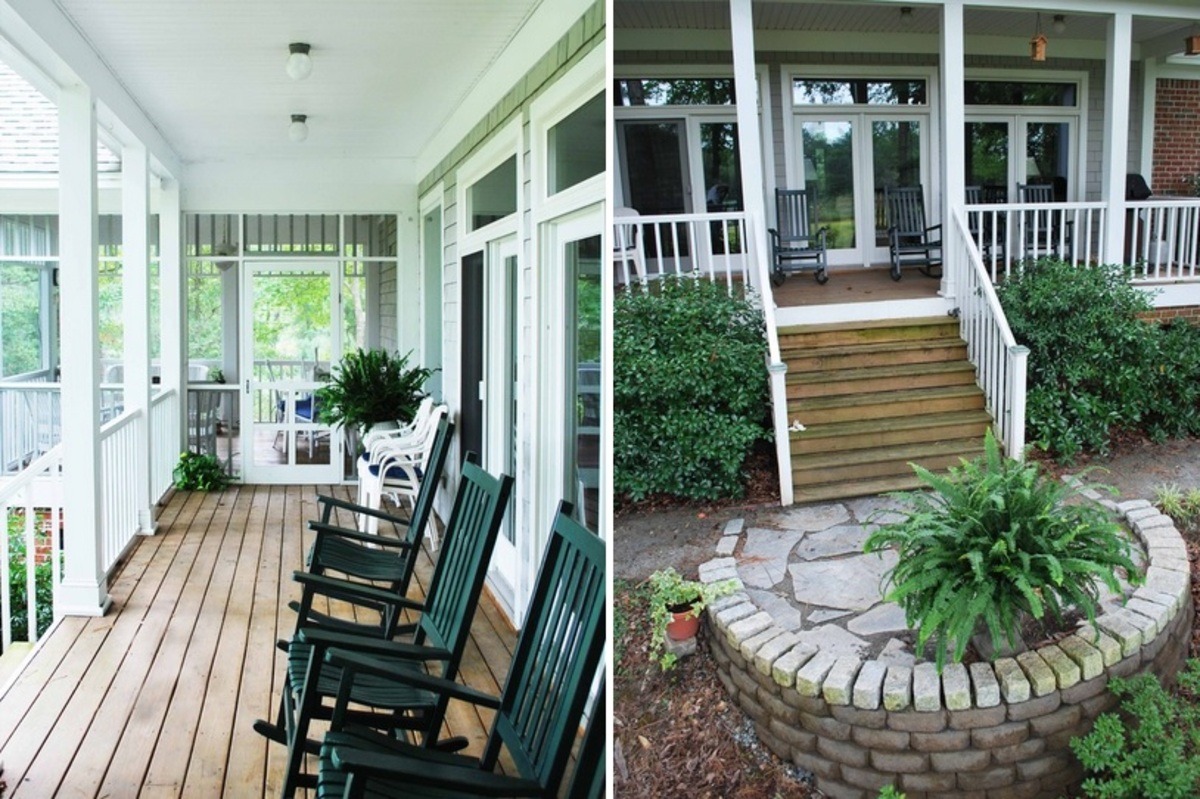






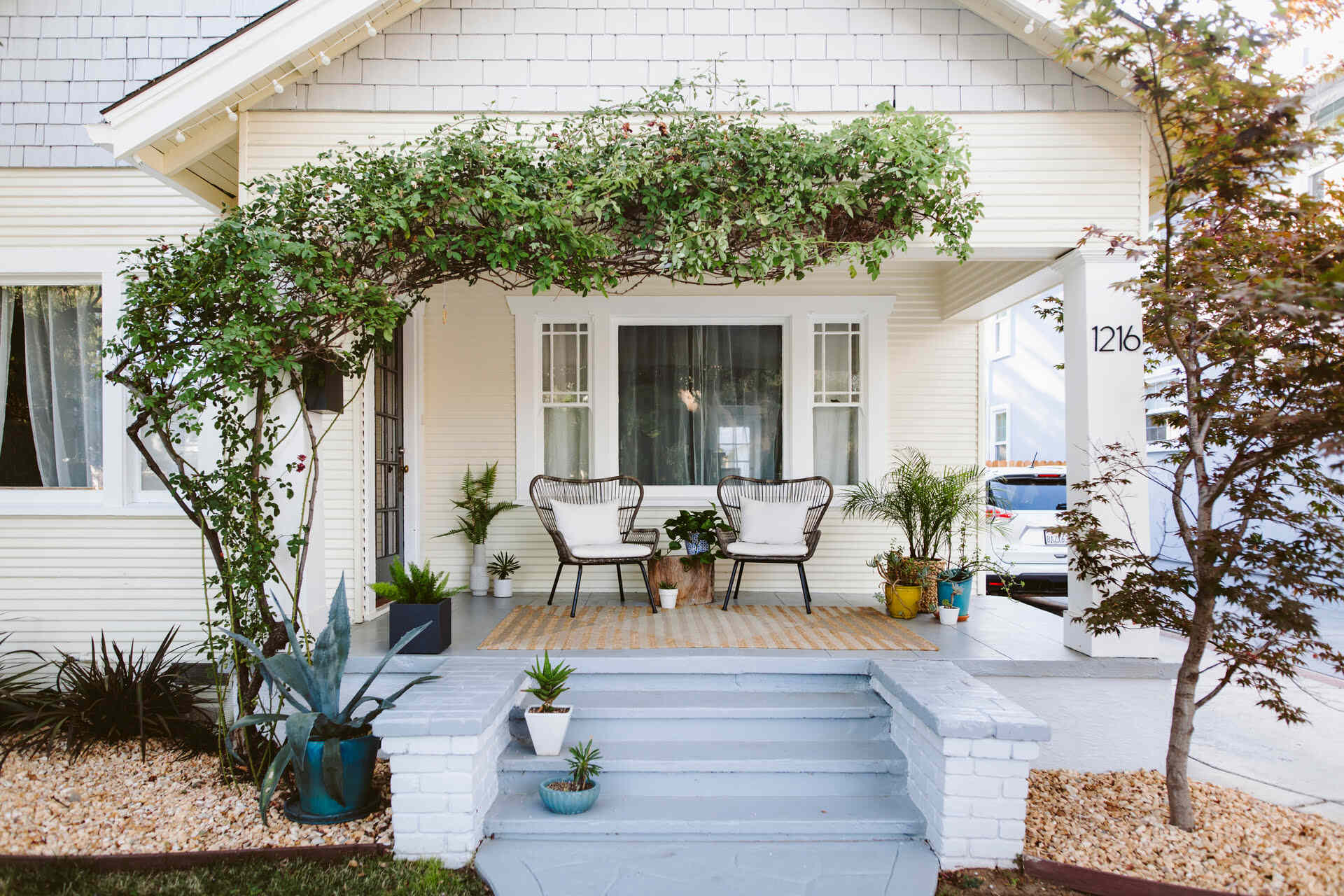

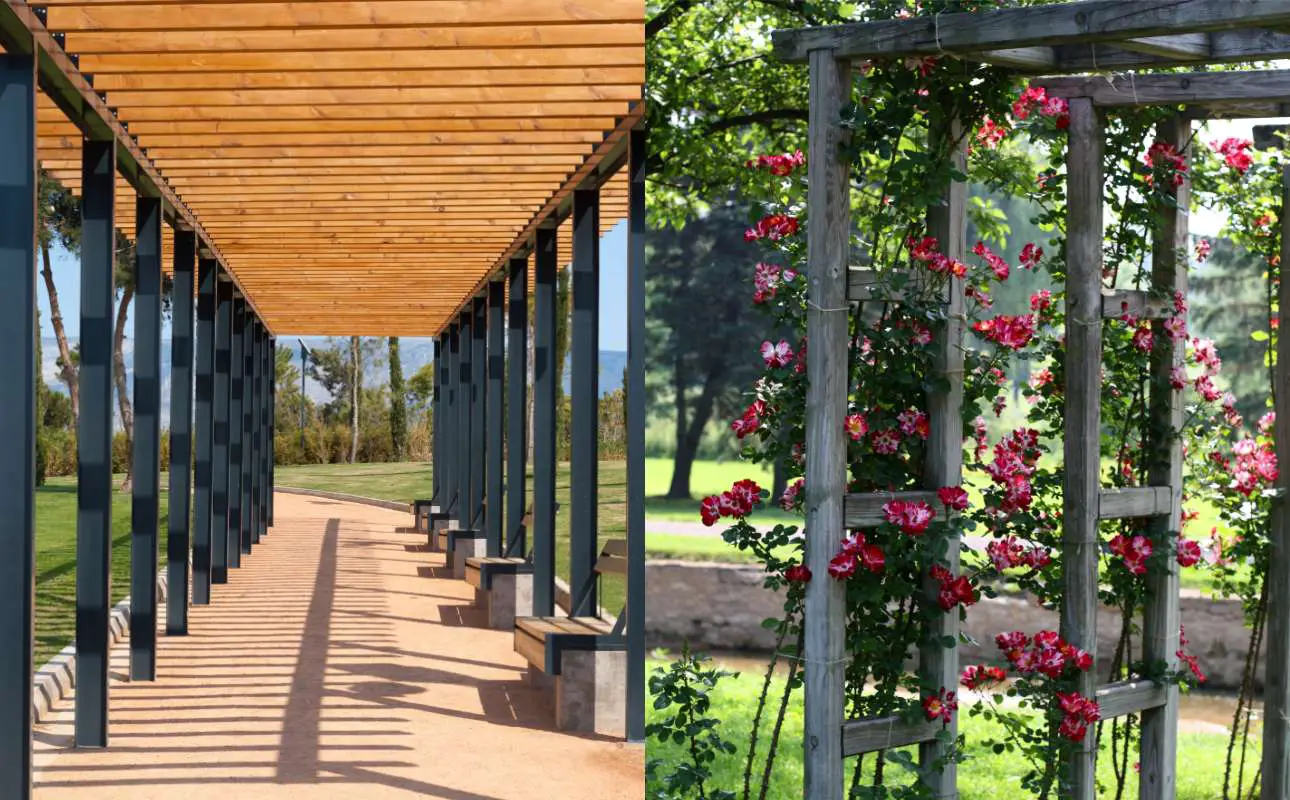

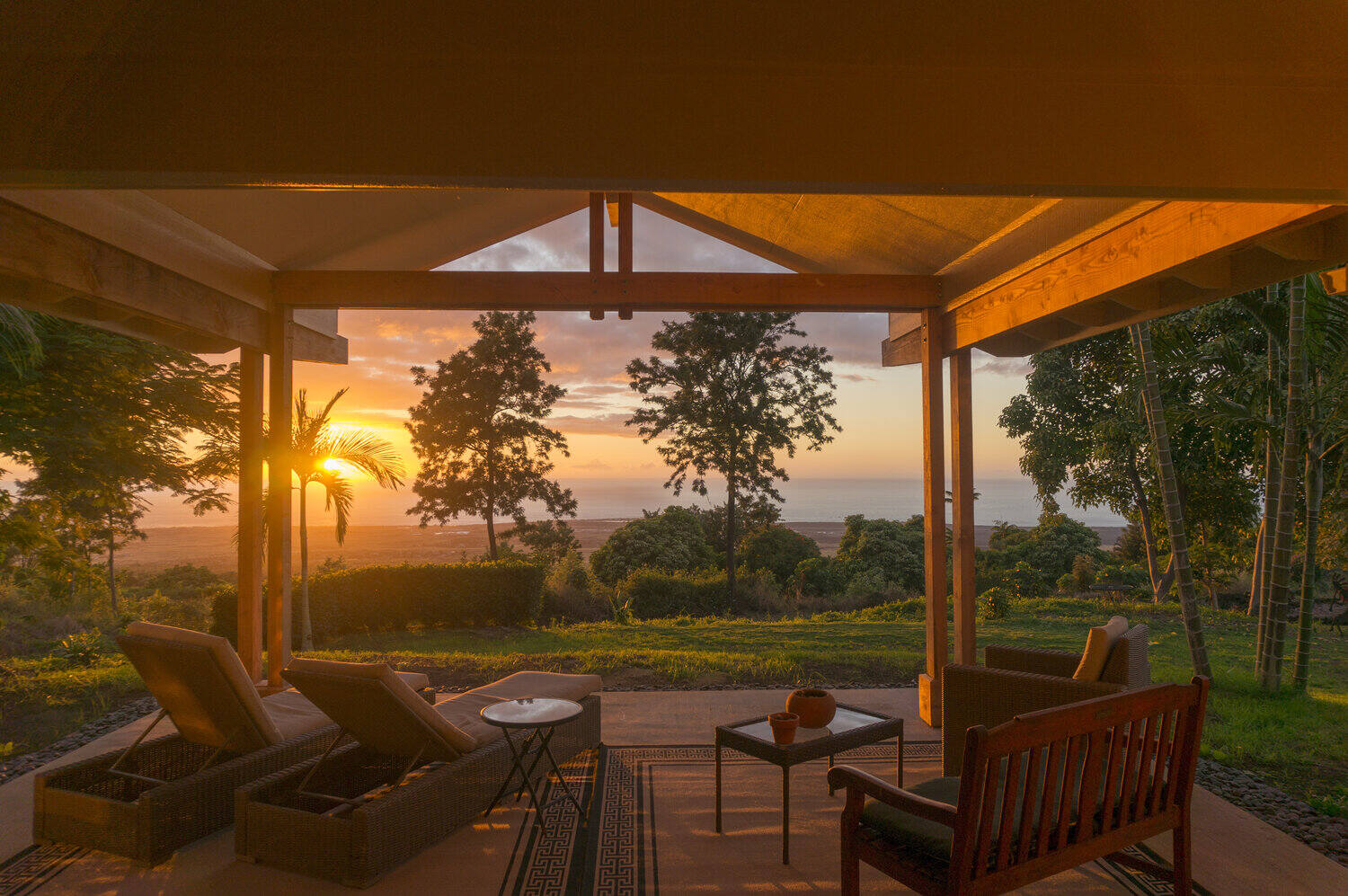


0 thoughts on “What Is The Difference Between Terrace And Balcony”